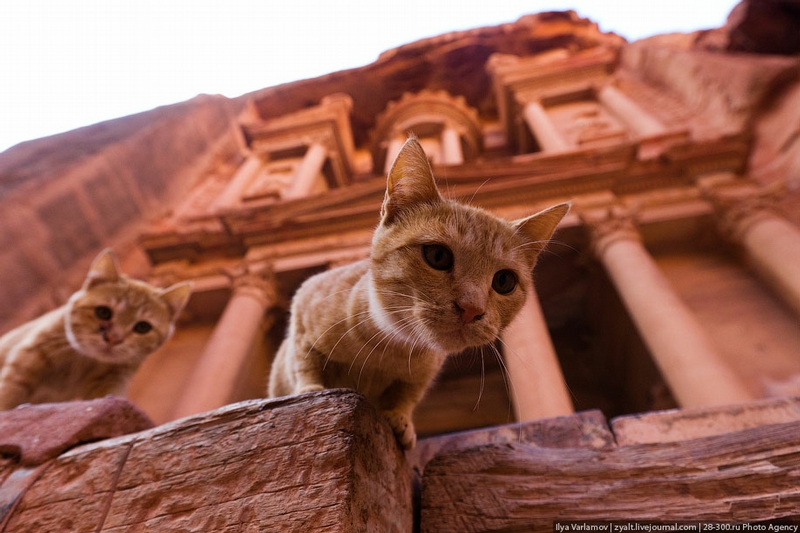
Ancient Petra city is the main sightseeing of Jordan. It's located at a
height of more than 900 m above the sea level inside narrow Siq Canyon
surrounded by the beautiful Aravah Valley. The only road to the valley
goes through the gorges in the North and South of it. In 2007 Petra was
called one of the new seven wonders of the world.
Petra was located at the crossroads of two main trade roads: one of
them connected the Red Sea with Damascus and the second one - the Arabia
Gulf with Gaza at the coast of the Mediterranean Sea. That's why the
caravans, going from the Arabia Gulf and full of precious spices, had to
endure harsh conditions of the Arabian Desert for weeks until they
reached the salutary coolness of Siq Canyon leading to Petra.
There the travellers could finally find food, shelter and cool and
life-giving water. For hundreds of years trade has been very profitable
in Petra. But when the Romans explored the new sea lanes to the East,
the land spices trade lessened and Petra gradually became deserted and
lost in lands. Most of the Petra buildings were erected in different
epochs beginning with the 18th century BC to the 6th century AD.
Now Petra is visited by about half a million tourists annually. A one day admission ticket costs about 55 euros, two days - 60.
Pictured: a view of the road to Petra.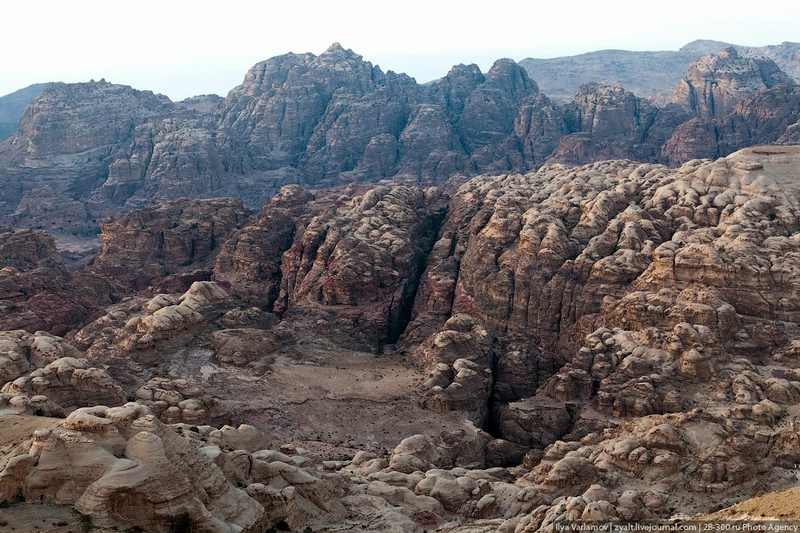
From this very place the Siq gorge begins. There is a main road, even
and quite wide, which almost all tourists choose to walk by. But there
is also another road, less comfortable. If you choose the second one,
you should turn right at the post and go through the tunnel. It's very
difficult to walk there but you'll have a unique chance to feel like one
of the greatest travellers, Johann Ludwig Burckhardt, felt when
dicovering this place in 1812.
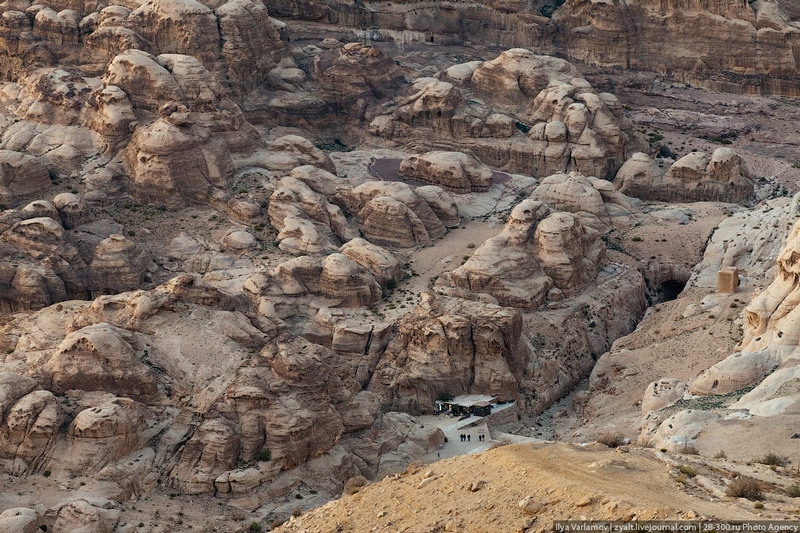
Some more views from above.
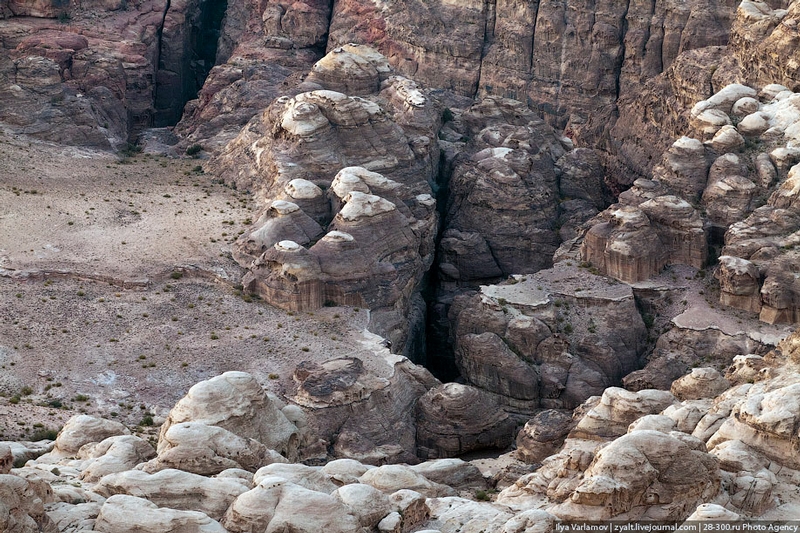
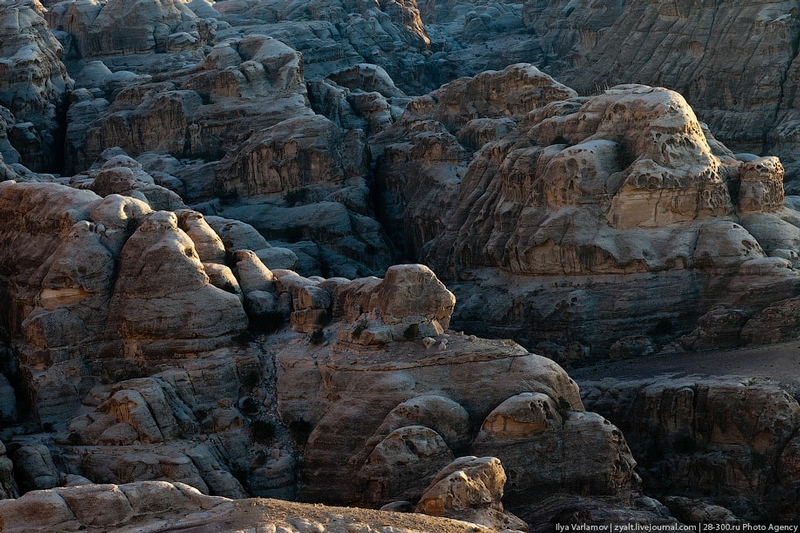
That's how the main road looks. Before the journey begins all the
tourists are actively convinced to hire a carriage to get to Petra, but
actually the road on foot is really quite easy here. The carriage costs
20 euros - no haggles, the price is officially determined.
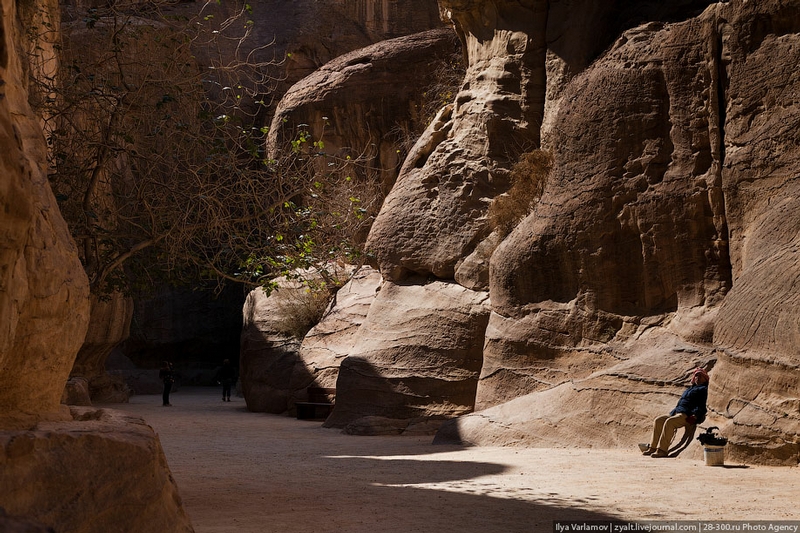
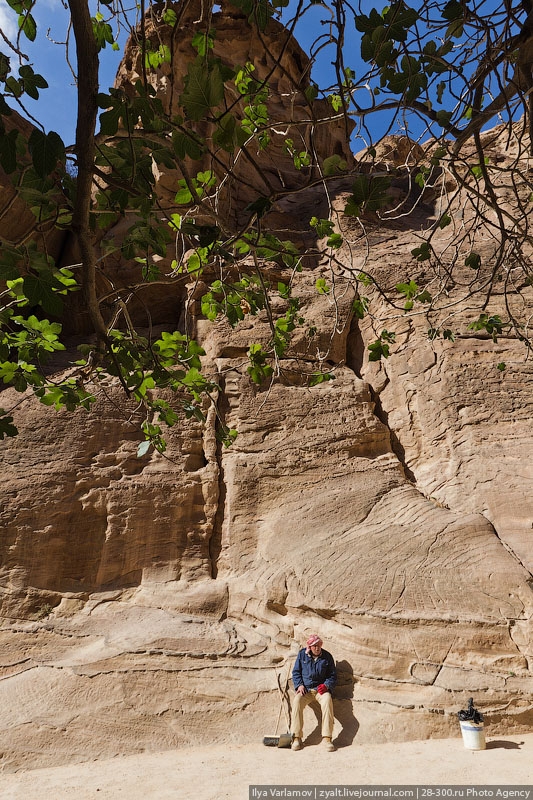
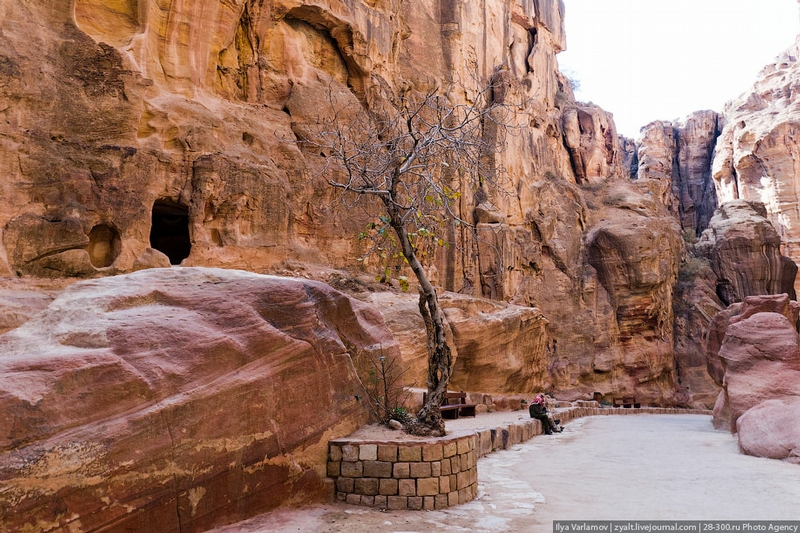
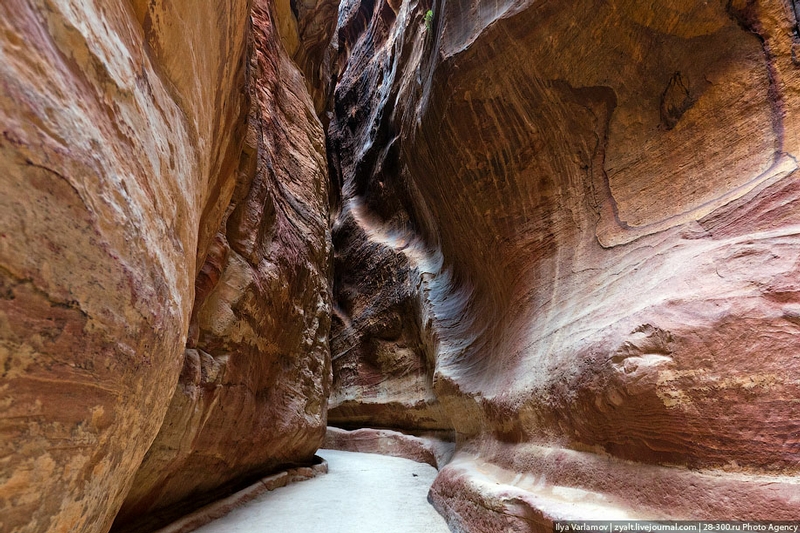
With the help of the terra-cotta pipes the Petra architects created a
complex water supply system and, in spite of the dry climate, its
residents have never been in need of water. There were about 200
reservoirs where rain water was kept in. Besides, these terra-cotta
pipes collected water from every possible source within 25 km from
Petra. The annual rainfall level here is only 15 cm. So to save the
precious water the local residents had to cut the canals and reservoirs
right inside the rocks.
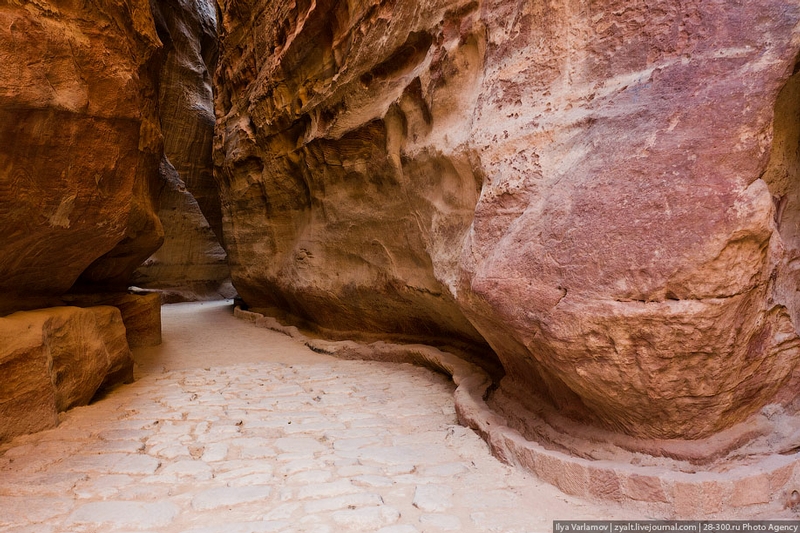
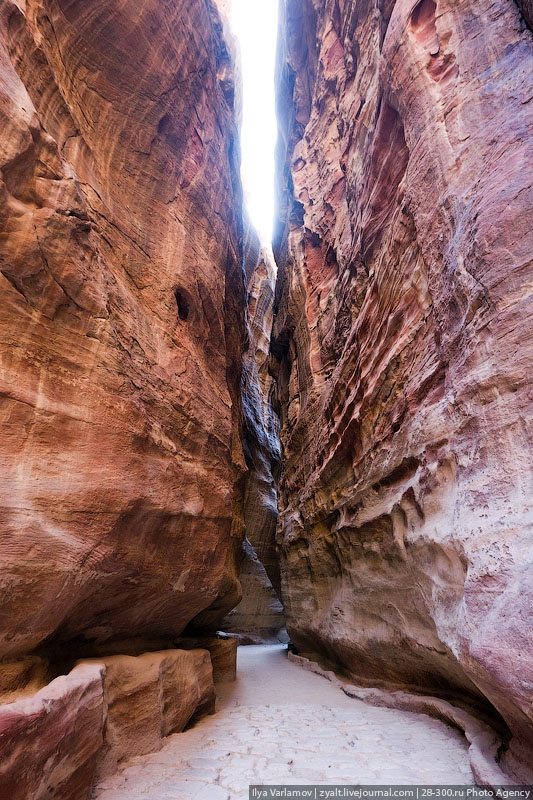
When the tourists pass cool Siq Canyon of 1 km long, they see the
Treasury - a great building with a facade, cut from a huge rock. This is
one of the best saved buildings of the 1st century.
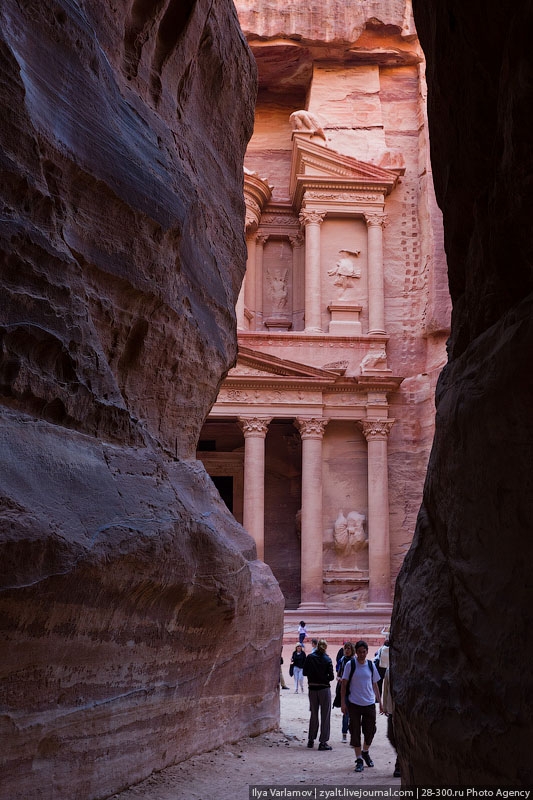

0 comments:
Post a Comment